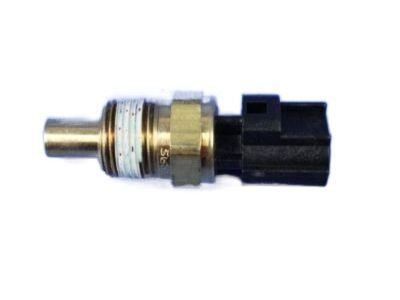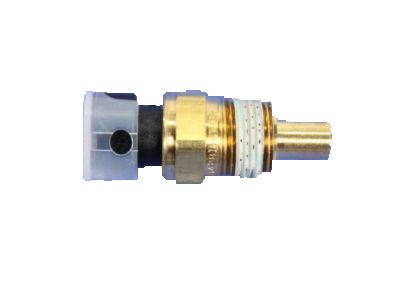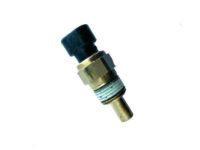
My Garage
My Account
Cart
Genuine Chrysler Cirrus Coolant Temperature Sensor
Coolant Water Temperature Sensor- Select Vehicle by Model
- Select Vehicle by VIN
Select Vehicle by Model
orMake
Model
Year
Select Vehicle by VIN
For the most accurate results, select vehicle by your VIN (Vehicle Identification Number).
2 Coolant Temperature Sensors found

Chrysler Cirrus Sensor-COOLANT Temperature
Part Number: 56027873$84.38 MSRP: $125.00You Save: $40.62 (33%)
Chrysler Cirrus Sensor-COOLANT Temperature
Part Number: 33004281$43.16 MSRP: $62.00You Save: $18.84 (31%)
Chrysler Cirrus Coolant Temperature Sensor
One of the important Auto Parts used in Chrysler Cirrus automobiles is Coolant Temperature Sensor whose primary function is to regulate temperatures of the Coolant, hence the condition of the engine. For instance, the Coolant Temperature Sensor whose task is to monitor the coolant temperature will ensure that the engine relies and performs optimally. Year after year, Chrysler Cirrus has employed numerous kinds of Coolant Temperature Sensors, its aim being the accomplishment of one and the same purpose. While specific differences in design or technology may exist, the primary goal remains consistent: to guarantee precise fever measurements for the management of all engine systems. This functionality is very crucial to the heath and performance of Chrysler Cirrus vehicles therefore, the Coolant Temperature Sensor is an important part of the engine system.
Looking for affordable and high-quality auto parts? Then you have already arrived at the proper online shop. We offer all Chrysler Cirrus Coolant Temperature Sensor at great affordable prices. Moreover, all genuine Chrysler Cirrus Coolant Temperature Sensor come with a manufacturer's warranty. In the long run, you would realize you have saved a lot of trouble and money with OEM parts from here.
Chrysler Cirrus Coolant Temperature Sensor Parts Questions & Experts Answers
- Q: How to check and replace Coolant Temperature Sensor on Chrysler Cirrus?A:The coolant temperature indicator system is composed of a light or temperature gauge mounted in the dash and a coolant temperature sending unit mounted on the engine. The coolant temperature sensor is located at the front of the engine, next to the Thermostat. On the models covered, there is only one coolant temperature sensor, which functions as an indicator for both the PCM and the instrument panel. If an overheating indication occurs, check the coolant level in the system and then make sure the wiring between the light or gauge and the sending unit is secure, and all fuses are intact. When the ignition switch is turned on and the starter motor is turning, the indicator light (if equipped) should be on (overheated engine indication). If the light is not on, the bulb may be burned out, the ignition switch may be faulty, or the circuit may be open. As soon as the engine starts, the light should go out and remain out unless the engine overheats. Failure of the light to go out may be due to a grounded wire between the light and the sending unit, a defective sending unit, or a faulty ignition switch. Check the coolant to make sure it is the proper type. Note: Plain water may have too low a boiling point to activate the sending unit. Disconnect the electrical connector from the sensor. Wrap the threads of the new sensor with Teflon tape to prevent leaks. Unscrew the sensor. Be prepared for some coolant spillage. Install the sensor and tighten it securely. Connect the electrical connector. Check the coolant level after the replacement unit has been installed and top up the system, if necessary. Check now for proper operation of the gauge and sending unit. Observe the system for leaks after operation.












